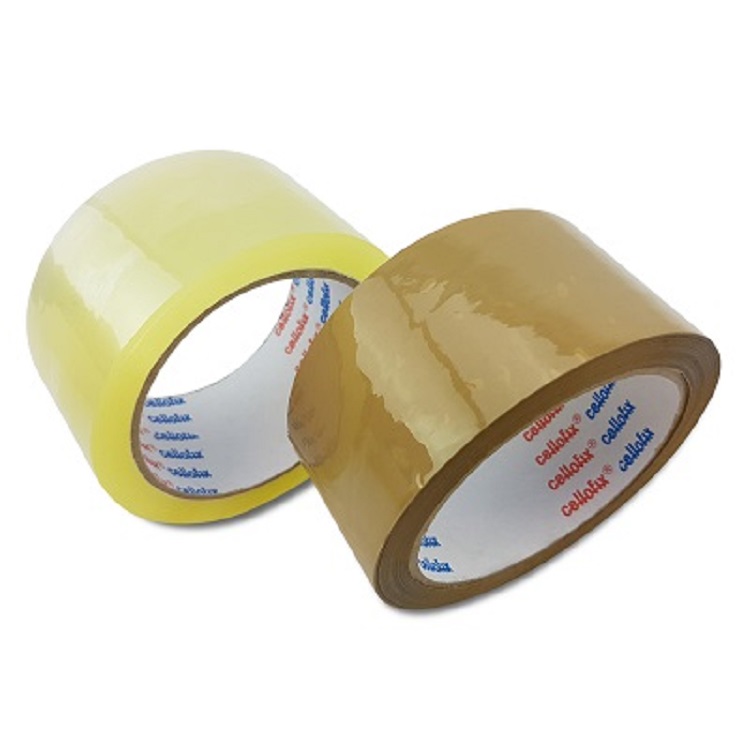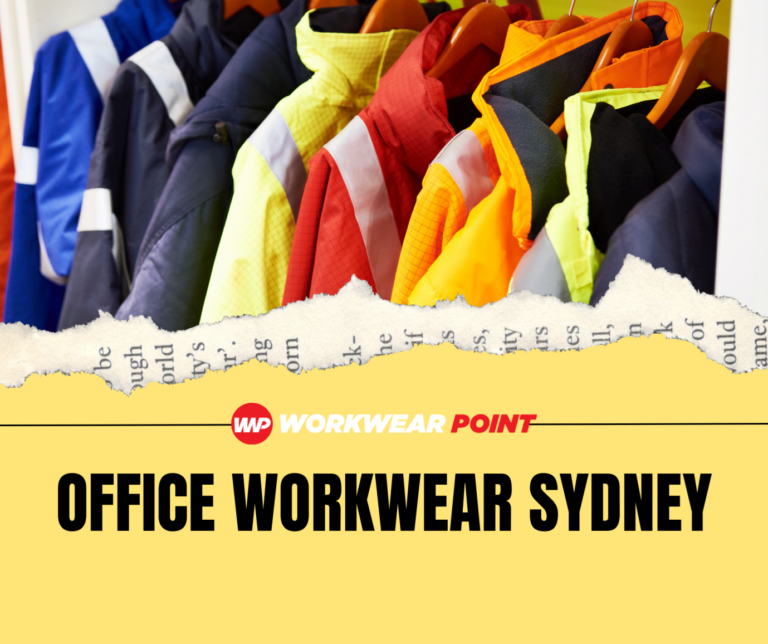Packing tapes have a major role to play while packing the items. Although we need a lot of packaging materials in order to ship an item, it is always the last step, that is sealing the boxes with a packing tape that matters a lot. It is because, if we do not seal the box properly there are chances that the items may get damaged during the time of shipping and transit. Therefore, the role of packing tape is highly important here. And we cannot compromise with the quality at any cost. The tape should be strong and adhesive enough that it can sustain any situation, be it weather or a tough transit route. The safety of your item is of utmost importance and therefore using the right and good quality packaging material is a must for you. You can get these packaging materials from the nearby wholesale or retail stores or you can order them online as well. Packaging Midlands is an online store in the UK where you can get different types of packaging materials at an affordable price which are strong, durable and eco friendly in nature.
Selecting a packing tape can seem to be a simple task. Unless you realise how many distinct varieties there are, everyone has its own set of strengths. When you combine that with environmental considerations and a plethora of customisation possibilities, you will quickly realise it is not as straightforward as you thought. There are different types of packing tapes used for different purposes. You need to use them for packing different items. For instance, there are polystyrene tapes, vibac tapes and so on which you can get from different types of packaging including tapes such as vibac tape suppliers. In this article we shall be looking at different types of tapes that you should be aware of so that you can use them for different purposes.
Let us now have a look at some of the packing tapes that you need to be aware of.
Gummed tape
Gummed tape is the ideal complement for paper packaging. Gummed tape is kraft paper tape that has a water-activated starch-based adhesive. When applied on paper packaging, such as a cardboard box, it does more than just attach – it fuses to your packing. Because you are unable to remove the tape without ripping the package, this provides a strong binding and a tamper-evident seal. It can secure items weighing up to 15kg under the correct conditions. And the packaging, including the gummed tape, may be recycled at the curb after consumption. This is an important benefit over plastic tape, that is almost never recyclable. In fact, it has been calculated that employing gummed tape rather than plastic tape can cut your carbon footprint by up to 50%. And the professionals don’t stop there. Gummed tape provides an excellent option for branding. Your logo, slogan, and other artwork may be easily printed straight onto the tape, making the packaging shine out and increasing brand awareness. In brief, if you’re utilising paper-based packaging, such as mailer boxes or shipping boxes, gummed tape outperforms plastic tape in terms of strength, style, and sustainability.
Self adhesive paper tape
Self-adhesive tape is a paper-based tape that provides similar advantages to gummed tape. For starters, it’s sturdy, capable of holding shipments weighing up to 10kg. It’s also customisable, so you may include your logo, handling instructions, or charming greetings for clients. And, as the name implies, “self-adhesive” means it doesn’t require any special dispensers, which makes it quick and simple to apply. One significant distinction between the self adhesive and gummed tape is the fact that self-adhesive tape adheres to your packing using a solvent. The disadvantage is that it is less environmentally friendly than gummed tape’s water-activated bonding glue. However, another benefit is that it can adhere to a broader spectrum of surfaces. When compared to plastic tape, employing self-adhesive tape can still cut your carbon footprint by up to 20%. However, because of the adhesive, the tape fibres actually are not easily reusable. However, as long as there isn’t a lot of tape used, it won’t cause any recycling issues for the paper packaging it’s attached to.
Brown polypropylene tape
This is your regular, well-known brown parcel tape. It’s inexpensive and performs an adequate job of sealing items. It combines with brown boxes, that may be the desired effect, but it can look disorderly when contrasted with different coloured boxes. Of course, because it is composed of plastic, it is not recyclable and produces a higher carbon impact than paper-based tapes.
Vinyl packing tape
Vinyl tape is a sturdy tape that is more durable than polypropylene (PP) tape. It is less prone to break or burst than PP tape, and the adhesive can resist colder temperatures, making it a viable option for refrigerated goods.
Summing up
These are some of the important different types of tapes which you can use for packing different types of items. However these are not the only ones. Clear polypropylene tape, coloured polypropylene tape, reinforced glass filament tape and so on are some of the other important tapes which you can use for packing different types of items. You can get all these different types of tapes and other packaging materials from different suppliers who supply packing tapes, mailing bags, bubble wraps, cardboard boxes in Birmingham.














